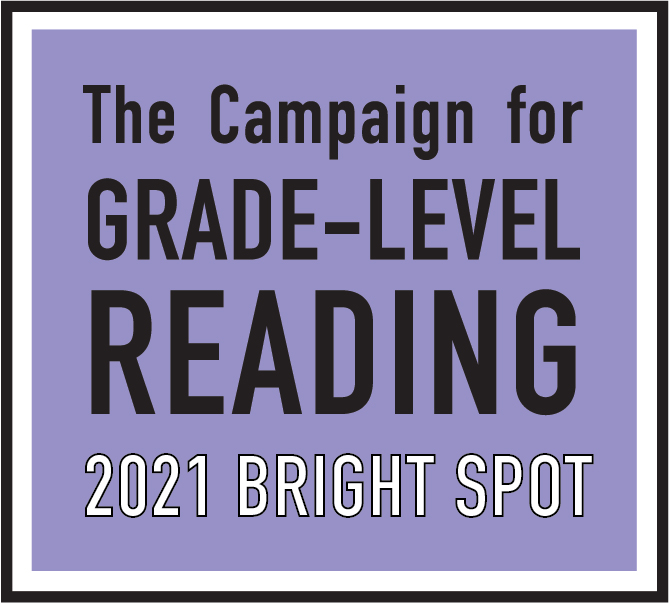Apps for learning the alphabet:
The process of learning to read begins with recognising the letters of the alphabet and the most common sound each one makes. There are so many apps that aim to develop this concept, however most are U.S. based so the following have been selected as they use Australian voiceovers to explore a range of alphabet related activities:
Abc Aussie (free)
This app provides animations and audio for each letter of the alphabet and includes an alphabet singalong and letter identification activities. A bonus is that it correctly refers to the letter ‘z’ as ‘zed’ not ‘zee’.
Oz Phonics 1 – Phonemic Awareness and Letter Sounds ($4.49)
Offers a variety of activities to help your child explore the sounds that the letters of the alphabet make - a key literacy skill. Ideal for children who already have a strong grasp of the alphabet and are ready for the next step. Includes both Australian and New Zealand voiceovers.
Apps for learning sight words:
An essential component of learning to read is recognising the most common words, also known as ‘high frequency’ or ‘sight’ words. Of course, there are plenty of apps that offer these lists but again, the following have been selected for their use of Australian voiceovers:
Australian/UK Complete Kindergarten Sight Words ($1.49)
This app provides sight word lists using approved fonts for Australian and UK schools. Sound recordings are included so your child can hear each word in order to learn it.
Out and About (free)
The Queensland Government offers this free app to help young children learn the first 100 sight words. The words are broken up into sets and ideas/activities are provided for you to further assist your child with learning to recognize these words.
Apps for writing letters of the alphabet:
Knowing how to write the letters of the alphabet is a huge advantage for any pre-schooler starting school. These apps enable young children to learn to trace and form the letters using their finger or a stylus.
Australian Touch and Write ($4.49)
Children can practise writing the letters of the alphabet using different textures e.g. shaving cream, chalk and paint. Also includes the letter sounds, high frequency word lists and the option to create your own word lists.
School Writing – learn to write and more ($7.99)
This app provides opportunities for children to trace shapes, lower and upper case letters, numbers and words using Australian and New Zealand approved fonts. You can add your own images, audio and even create your own lessons to suit your child’s learning needs.
Apps for book creation
Book creation apps are great for this age group. During the creation process, your child can acquire vital writing concepts such as putting words in their correct order, using spaces between words and the importance of using correct spelling and punctuation. Once the e-book is finished, many reading concepts can then be introduced such as reading from left to right/top to bottom, using pictures to help recognize a word and learning common and familiar words.
Story Creator (free)
This app is easy to use and enables young children (with assistance) to create their own simple stories using photos, text, drawings, videos and voice recordings.
My Story Book Creator for Kids (free)
This app also offers story creation features such as using text, drawings, photos and voice recordings to create an e-book. It has the added bonus of offering hundreds of stickers for children to illustrate their stories.
Apps for learning to spell:
We don’t often think of teaching pre-schoolers to formally spell but if your child is starting to show interest in spelling, these apps can help you introduce this concept in an engaging way.
Spellosaur First 400 words (free or $5.99 for full version)
Using a customised list of words, children can play spelling games to help them learn high-frequency words.
Spellosaur (free or $5.99 for full version)
This app allows you to enter words for your child to learn to spell. You can enter up to five words at a time with the free version which is fine for pre-k children. It uses interactive games so your child can order the letters in the correct sequence. You could start simply with their name and the names of their family members (e.g. Mum, Dad, Nana etc). This would benefit them greatly when they are at school and writing stories about their personal experiences.
You play a crucial role in your child’s literacy acquisition journey. Hopefully these apps can help guide you with building a firm foundation for learning the essential skills required for reading and writing when it’s time to send them off to school.



